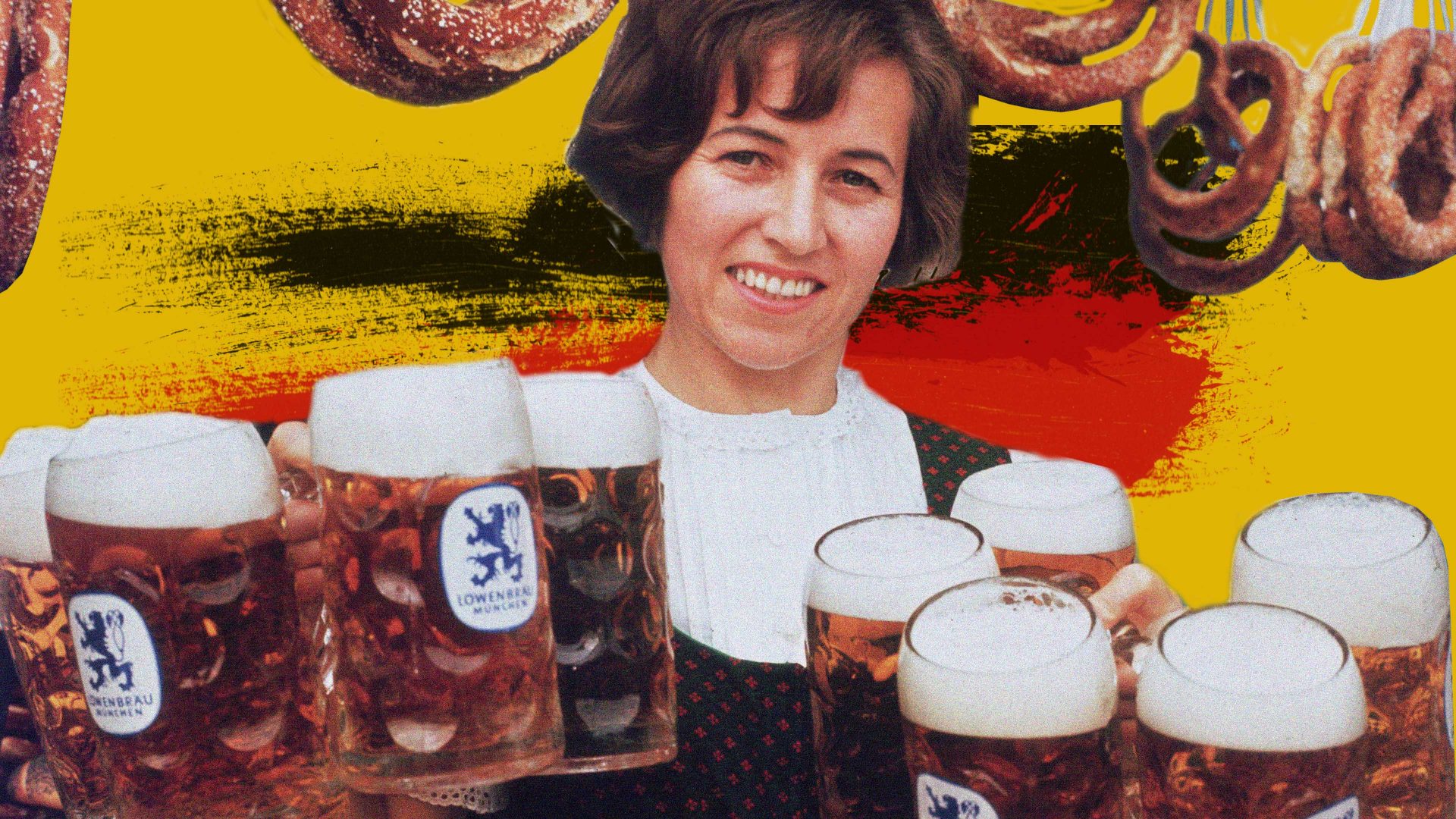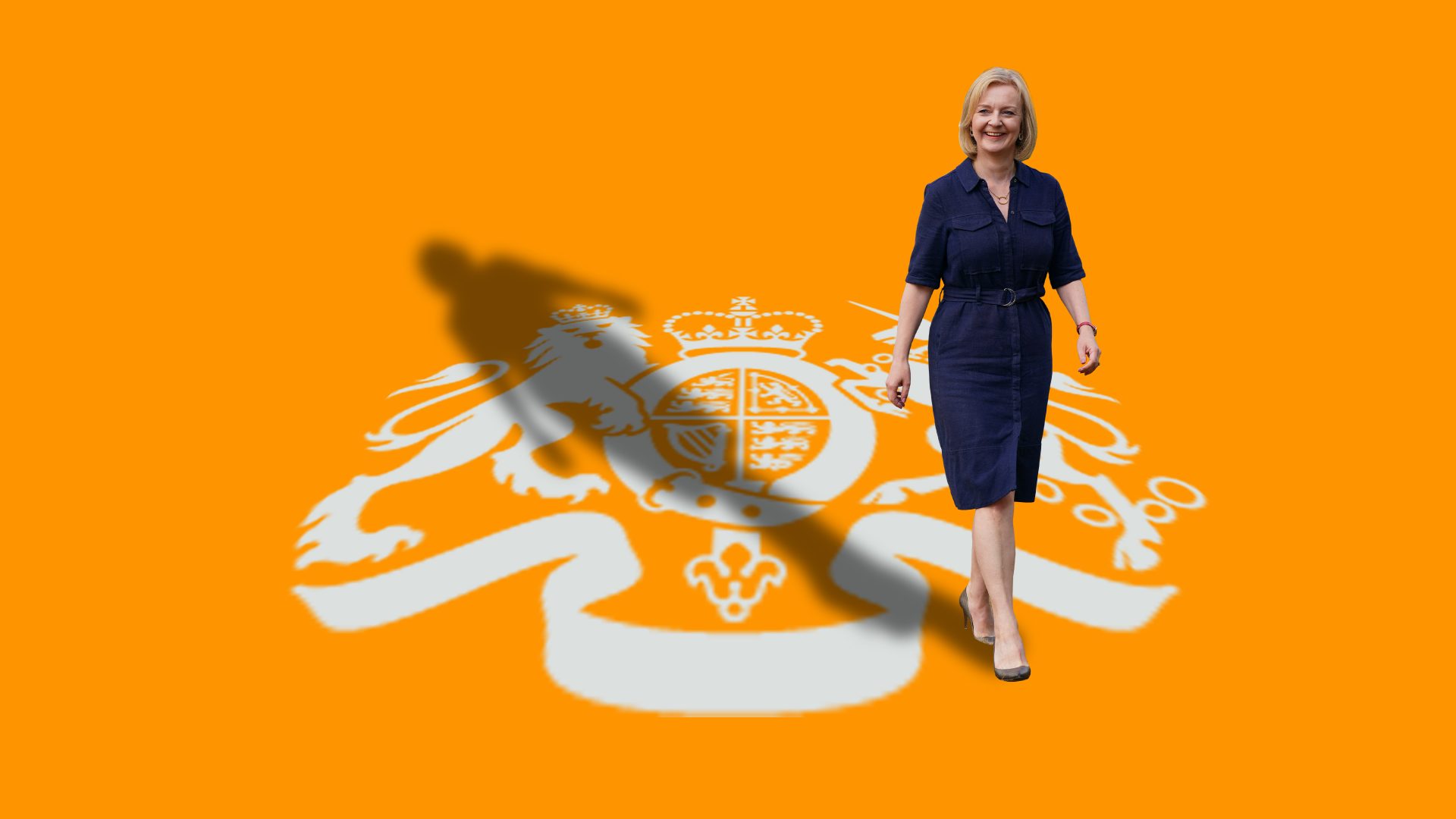Now that you’ve all stopped queuing, maybe it’s time to raise a glass – and I know just the place: the Theresienwiese (meadow) in Munich.
Two years of forced abstinence are history: the Oktoberfest is allowed to superspread again. After all, it was contagious long before Covid: during hours of drinking, standing on beer benches and swaying to tunes of “Teletubby complexity” (as the Irish Times special envoy Derek Scally accurately calls them) there is a certain inevitability of mixed-up glasses and mingling germs.
Consider it a big science project in giga-tents called Marstall, Pschorr or Schottenhamel, packed with up to 9,000 drinkers, singers and snoggers. With around 6 million visitors from across the globe, which mutation will come out of the world’s largest boozefest? The Oooopsilon variant, maybe. (Side note: the German logic of pandemic control means that when taking public transport to the Oktoberfest venue in order to indulge in all the above, you still have to wear a mask).
So far, however, the Wiesn has had fewer visitors than in 2019. It may be because this year a Maß (one litre of beer) costs between £11.05 and £12.10 (up from around £10 in 2019). In 1922, with looming hyper-inflation, a Maß was 50 marks and people then grumbled, too. They drank anyway. But in 1923 the Wiesn had to be cancelled because of gigantic inflation. Let’s hope that’s not an omen for 2023.
When this year’s 187th Oktoberfest comes to an end on October 3, attendees will have gulped down seven million litres of beer, devoured around 400,000 Hendl (Bavarian for roast chicken), 67,000 Schweinshaxn (Bavarian for roast pork knuckles), 124 roasted Ochsen (you should be able to work this one out; an average 400 portions from each) and lost 500 phones, plus a few dentures.
The beer served has to be brewed according to Munich purity laws dating from 1487. And luckily, despite the beverage industry across Europe suffering severe carbon dioxide shortages, there’s enough of it. To quote the 2022 US army online traveller guide: “Oktoberfest beer has high alcohol content. One ‘Maß’ has about the same alcohol content as a six-pack of American beer.” Nicely put.
Depending on how many Americans actually read this, the number of those arrested for intoxication (2019: 600) may rise again, as will the number of DUI offences (now mostly committed on e-scooters). Given the mass of people and alcohol, however, the Wiesn is pretty peaceful.
That is because at a certain level of booze most humans – OK, maybe not you Britons – are anatomically incapable of a brawl. Also, Munich police have a zero tolerance policy. They want the Wiesn kept safe as it brings in around €1.2bn (£1.05bn).
You may still be hesitant to come – statistics show that Americans and Italians arrive in much larger numbers than UK beer-lovers – so here’s another incentive: you get to dress up like characters from The Sound of Music! Minus the nun costume of course, that’s for Karneval in Cologne.
Whether you are in lederhosen or dirndl, dresswise the Oktoberfest does remain binary, but cultural appropriation is very much encouraged. Because no matter who you are, what size, shape or colour, the Bavarian Tracht makes everyone look good. Even, in 2018, Bayern München players at their traditional Oktoberfest outing, which they went on despite having failed to win four matches in a row. At least the WAGs still smiled.
Wearing Tracht for the beer fest had grown completely out of fashion until a revival in the 1990s. Since then it is a must. There are only a couple of “do’s”: the dirndl apron’s bow, for instance, should be worn on the right when you have a partner (hands off), on the left when you’re looking for one (doesn’t automatically mean hands on) and on the back when you’re a widow or a waitress (hands off).
The most important “don’t”: dirndl and leather trousers shouldn’t be too short (it’s not an Alpine porn shoot).
Ah, and don’t try to steal your Maßkrug (beer mug). You will be caught (2019: 96,912), plus, quoting the US army again: “Use of a beer mug as a weapon is considered ‘assault with a deadly weapon’ by German law.”
I got my first dirndl aged thirtysomething, to go to my first Wiesn, so obviously I wasn’t a natural – surprisingly the thought of drunken groups of men, vomiting, never quite appealed to me. Once there, I realised that this less elegant aspect of a generally fun event is (mostly) limited to a slope at the western side of the venue called Kotzhügel (vomit hill).
So just stay clear of that, reserve a table in one of the tents in advance and you will have the time of your life. Prosit!




